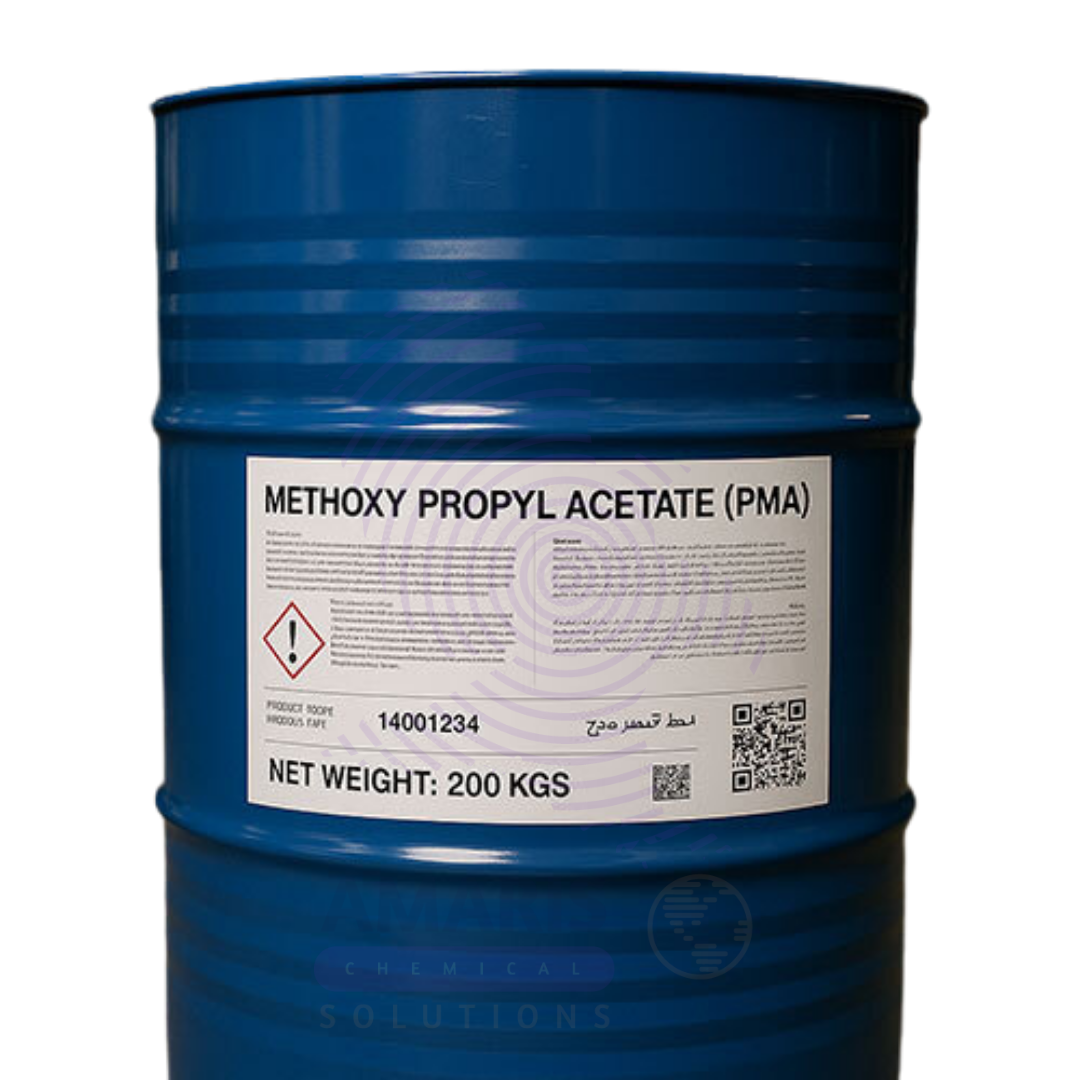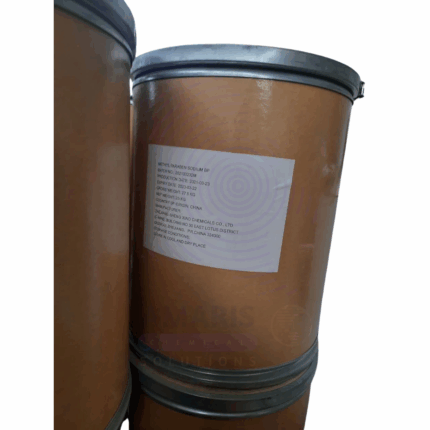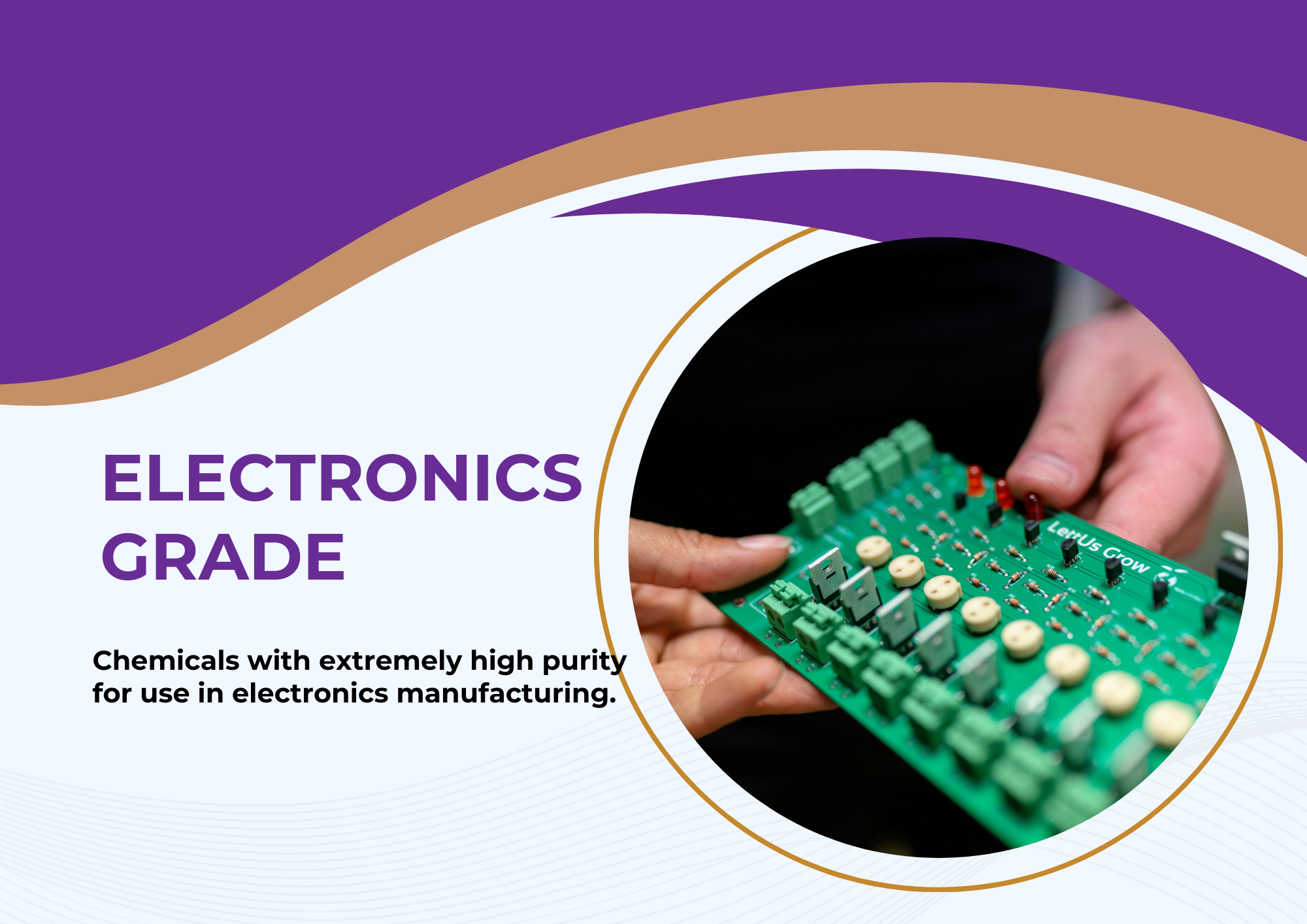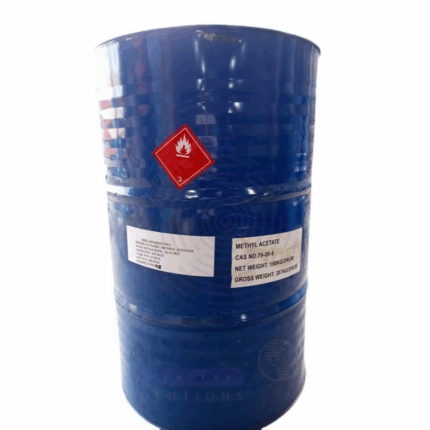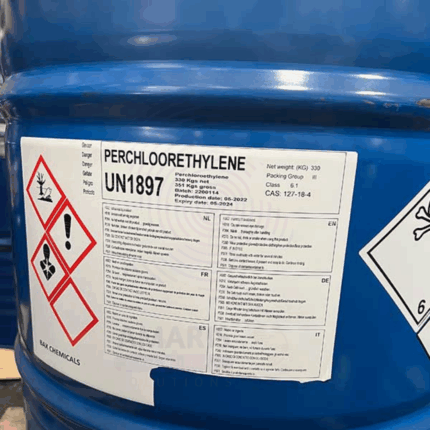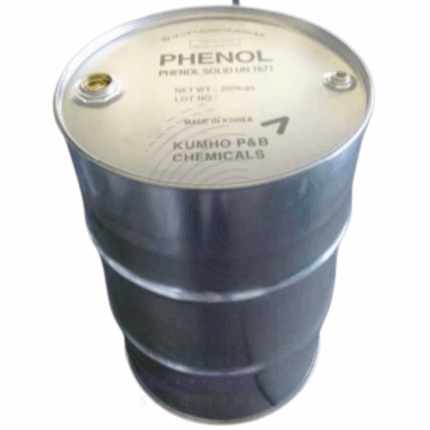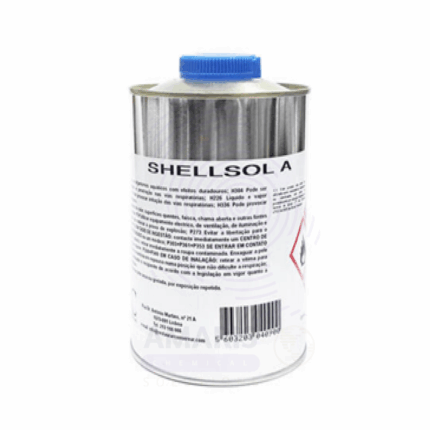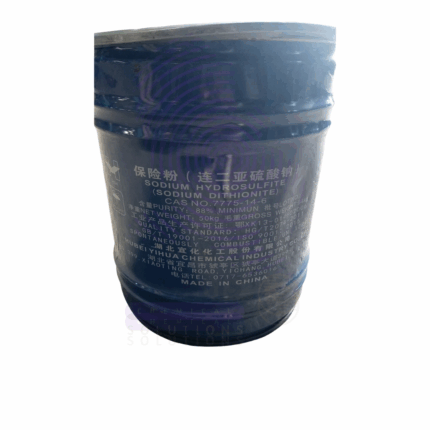Methoxy Propyl Acetate
Whatsapp Order
Methoxy Propyl Acetate is a clear, colorless liquid solvent with a mild fruity odor. It is an ester derived from methoxy propanol and acetic acid, widely used in coatings, inks, adhesives, and cleaning products due to its excellent solvency, moderate evaporation rate, and good compatibility with various resins. PMA offers low volatility and strong solvency for a broad range of materials, making it ideal for industrial and commercial applications.
Description
Table of Contents
Toggle
Methoxy Propyl Acetate
Primary Uses
- Coatings and Paints
- Used as a solvent and coalescing agent in architectural and industrial coatings.
- Improves film formation, gloss, and durability of paint films.
- Printing Inks
- Serves as a solvent in printing inks for better flow, drying, and adhesion.
- Adhesives and Sealants
- Solvent in adhesive formulations to enhance application and bonding properties.
- Cleaning Products
- Used in industrial and household cleaners and degreasers for effective removal of oils and greases.
Secondary Uses
- Personal Care Products
- Occasionally used as a solvent or carrier in cosmetic and fragrance formulations.
- Pharmaceuticals
- Used as an intermediate or solvent in pharmaceutical synthesis.
- Agricultural Chemicals
- Solvent or formulation aid in pesticides and herbicides.
KEY PRODUCT FEATURES
Basic Identification Attributes
- Chemical Name (IUPAC): Methoxypropyl acetate
- Common/Trade Name: Methoxy Propyl Acetate (PMA)
- CAS Number: 108-65-6
- HS Code: 2914.39.00
- Synonyms: 1-Methoxy-2-propyl acetate; Propylene glycol monomethyl ether acetate
Physical & Chemical Properties
- Physical State: Liquid
- Color & Odor: Clear, colorless; mild fruity odor
- Boiling Point: 146°C
- Melting Point: -83°C
- Flash Point: 45°C (closed cup)
- Density: 0.936 g/cm³ at 20°C
- Solubility: Miscible with many organic solvents; slight solubility in water
Safety & Hazard Attributes
- GHS Classification: Flammable liquid, Category 3
- Toxicity: Low to moderate toxicity; avoid ingestion and prolonged skin contact
- Exposure Limits: OSHA PEL - 100 ppm; ACGIH TLV - 100 ppm
Storage & Handling Attributes
- Storage Conditions: Store in a cool, well-ventilated area away from ignition sources and incompatible materials
- Container Type: Supplied in metal drums, plastic containers, or bulk tanks suitable for flammable liquids
- Shelf Life: Stable under proper storage conditions for several years
- Handling Precautions: Use flame-proof equipment; avoid inhalation and skin contact; wear appropriate PPE
Regulatory & Compliance Attributes
- Complies with international chemical safety standards and regulations (e.g., REACH, OSHA)
- Listed on major chemical inventories worldwide
Environmental & Health Impact
- Biodegradability: Readily biodegradable
- Ecotoxicity: Low environmental impact when used as directed
- Bioaccumulation: Low potential for bioaccumulation
- Carcinogenicity/Mutagenicity: Not classified as carcinogenic
SAFETY HANDLING PRECAUTIONS
Safety Handling Precautions
- PPE Required: Chemical-resistant gloves, safety goggles, and flame-resistant clothing recommended
- Handling Guidelines: Use in well-ventilated areas; prevent vapor accumulation; ground and bond containers during transfer
- Storage Measures: Keep containers tightly closed and away from incompatible substances
First Aid Measures
- Inhalation: Move to fresh air; seek medical attention if breathing difficulties occur
- Skin Contact: Remove contaminated clothing; wash skin thoroughly with soap and water
- Eye Contact: Rinse eyes with water for at least 15 minutes; seek medical attention if irritation persists
- Ingestion: Do not induce vomiting; seek immediate medical assistance
Firefighting Measures
- Fire Hazards: Flammable liquid and vapor
- Extinguishing Media: Use alcohol-resistant foam, dry chemical, or carbon dioxide extinguishers
- Special Precautions: Evacuate area; wear full protective equipment and self-contained breathing apparatus
- Hazardous Combustion Products: May produce carbon monoxide, carbon dioxide, and other toxic gases under fire conditions
Related products
Methyl Acetate
Methyl Acetate is a colorless, volatile, and flammable liquid with a pleasant, fruity odor. It is an ester formed from methanol and acetic acid and is widely used as a solvent in coatings, adhesives, inks, and cleaning products. Known for its excellent solvency power and fast evaporation rate, methyl acetate is preferred in industrial and commercial applications where quick drying is essential.
papain
Product Description
Papain is a proteolytic enzyme extracted from the latex of the papaya fruit (Carica papaya). It breaks down proteins into peptides and amino acids, making it widely used in various industries. Papain has excellent catalytic activity and works effectively across a broad pH range, especially in neutral to slightly alkaline conditions. It is valued for its meat tenderizing, digestive aid, and therapeutic properties.Perchloroethylene
Perchloroethylene (also known as tetrachloroethylene or PCE) is a clear, colorless liquid with a sweet odor, widely used as a solvent in dry cleaning and industrial degreasing. It has excellent solvent power for organic materials, is non-flammable, and chemically stable under normal conditions. Perchloroethylene is valued for its efficiency in removing oils, greases, and waxes from fabrics and metals, and serves as a key chemical intermediate in various industrial applications.
Phenol Ice Crystals
Phenol Ice Crystals, also known as carbolic acid in solid form, are crystalline compounds of phenol with a melting point near room temperature, giving them an “ice-like” appearance. Phenol is a aromatic organic compound widely used as a precursor in chemical synthesis, disinfectants, and pharmaceuticals. It exhibits antiseptic, antiseptic, and solvent properties. Due to its toxicity and corrosiveness, phenol requires careful handling.
Shellsol A
Shellsol A is a high-purity, low-aromatic, hydrocarbon solvent derived from petroleum refining processes. It is a clear, colorless liquid known for its excellent solvency power, low odor, and relatively low toxicity compared to other petroleum solvents. Shellsol A is widely used in coatings, inks, adhesives, and chemical processing where strong but controlled solvency is required. Its balanced evaporation rate and compatibility with various res ins and polymers make it a preferred choice in industrial and commercial applications.
Shellsol T
Shellsol T is a low aromatic, high-purity petroleum hydrocarbon solvent known for its excellent solvency power and relatively low odor. It is a clear, colorless liquid commonly used in coatings, adhesives, inks, and chemical processing where strong solvency with moderate evaporation rates is needed. Its balanced properties make it suitable for industrial applications requiring controlled drying and good compatibility with various resins and polymers.
Sodium Hydrosulphite
Sodium Hydrosulphite, also known as sodium dithionite, is a white to yellowish powder with a strong reducing property. It is highly soluble in water and decomposes readily, releasing sulfur dioxide and sulfites. Widely used as a powerful reducing agent and bleaching agent, it finds applications in textile processing, paper and pulp industries, water treatment, and chemical manufacturing. Its ability to break down colored compounds makes it ideal for decolorization and cleaning processes.
Sulphonic Acid (LABSA) 90%
Sulphonic Acid, commonly known as Linear Alkyl Benzene Sulphonic Acid (LABSA) 90%, is a high-quality anionic surfactant widely used as a key raw material in the detergent and cleaning products industry. It is produced by sulfonation of linear alkyl benzene, resulting in a biodegradable, highly effective wetting and foaming agent. The 90% concentration grade offers excellent performance in formulation of powders, liquids, and specialty detergents.


 Preservatives(food)
Preservatives(food) Flavor Enhancers
Flavor Enhancers Acidulants
Acidulants Sweeteners
Sweeteners Antioxidants
Antioxidants Colorants(food)
Colorants(food) Nutraceutical Ingredients (food)
Nutraceutical Ingredients (food) Nutrient Supplements
Nutrient Supplements Emulsifiers
Emulsifiers
 Collectors
Collectors Dust Suppressants
Dust Suppressants Explosives and Blasting Agents
Explosives and Blasting Agents Flocculants and Coagulants
Flocculants and Coagulants Frothers
Frothers Leaching Agents
Leaching Agents pH Modifiers
pH Modifiers Precious Metal Extraction Agents
Precious Metal Extraction Agents
 Antioxidants(plastic)
Antioxidants(plastic) Colorants (Pigments, Dyes)
Colorants (Pigments, Dyes) Fillers and Reinforcements
Fillers and Reinforcements Flame Retardants
Flame Retardants Monomers
Monomers Plasticizers
Plasticizers Polymerization Initiators
Polymerization Initiators Stabilizers (UV, Heat)
Stabilizers (UV, Heat)
 Antifoaming Agents
Antifoaming Agents Chelating Agents
Chelating Agents Coagulants and Flocculants
Coagulants and Flocculants Corrosion Inhibitors
Corrosion Inhibitors Disinfectants and Biocides
Disinfectants and Biocides Oxidizing Agents
Oxidizing Agents pH Adjusters
pH Adjusters Scale Inhibitors( water)
Scale Inhibitors( water)
 Antioxidants(cosmetic)
Antioxidants(cosmetic) Emollients
Emollients Fragrances and Essential Oils
Fragrances and Essential Oils Humectants
Humectants Preservatives
Preservatives Surfactants(cosmetic)
Surfactants(cosmetic) Thickeners
Thickeners UV Filters
UV Filters
 Fertilizers
Fertilizers Soil Conditioners
Soil Conditioners Plant Growth Regulators
Plant Growth Regulators Animal Feed Additives
Animal Feed Additives Biostimulants
Biostimulants Pesticides (Herbicides, Insecticides, Fungicides)
Pesticides (Herbicides, Insecticides, Fungicides)
 Active Pharmaceutical Ingredients (APIs)
Active Pharmaceutical Ingredients (APIs) Excipients
Excipients Solvents(pharmaceutical)
Solvents(pharmaceutical) Antibiotics
Antibiotics Antiseptics and Disinfectants
Antiseptics and Disinfectants Vaccine Adjuvants
Vaccine Adjuvants Nutraceutical Ingredients (pharmaceutical)
Nutraceutical Ingredients (pharmaceutical) Analgesics & Antipyretics
Analgesics & Antipyretics
 Analytical Reagents
Analytical Reagents Solvents(lab)
Solvents(lab) Chromatography Chemicals
Chromatography Chemicals Spectroscopy Reagents
Spectroscopy Reagents microbiology-and-cell-culture-reagents
microbiology-and-cell-culture-reagents Molecular Biology Reagents
Molecular Biology Reagents Biochemical Reagents
Biochemical Reagents Inorganic and Organic Standards
Inorganic and Organic Standards Laboratory Safety Chemicals
Laboratory Safety Chemicals Specialty Laboratory Chemicals(Special Laboratory Equipment)
Specialty Laboratory Chemicals(Special Laboratory Equipment)
 Demulsifiers
Demulsifiers Hydraulic Fracturing Fluids
Hydraulic Fracturing Fluids Scale Inhibitors(oil)
Scale Inhibitors(oil) Surfactants(oil)
Surfactants(oil) Drilling Fluids
Drilling Fluids
 Dyes and Pigments
Dyes and Pigments Bleaching Agents
Bleaching Agents Softening Agents
Softening Agents Finishing Agents
Finishing Agents Antistatic Agents
Antistatic Agents
 Admixtures
Admixtures Waterproofing Agents
Waterproofing Agents Sealants and Adhesives
Sealants and Adhesives Curing Compounds
Curing Compounds Concrete Repair Chemicals
Concrete Repair Chemicals Anti-Corrosion Coatings
Anti-Corrosion Coatings
 Surfactants(cleaning)
Surfactants(cleaning) Builders
Builders Enzymes
Enzymes Solvents (Cleaning)
Solvents (Cleaning) Fragrances
Fragrances
 Electronic Chemicals
Electronic Chemicals Catalysts
Catalysts Lubricants
Lubricants Photographic Chemicals
Photographic Chemicals Refrigerants
Refrigerants Automotive chemicals
Automotive chemicals Pyrotechnic Chemicals
Pyrotechnic Chemicals
 Biodegradable Surfactants
Biodegradable Surfactants Bio-based Solvents
Bio-based Solvents Renewable Polymers
Renewable Polymers Carbon Capture Chemicals
Carbon Capture Chemicals Wastewater Treatment Chemicals
Wastewater Treatment Chemicals
 Pigments
Pigments Solvents(paint)
Solvents(paint) Specialty Coatings
Specialty Coatings Binders/Resins
Binders/Resins Additives
Additives Driers
Driers Anti-Corrosion Agents
Anti-Corrosion Agents Functional Coatings
Functional Coatings Application-Specific Coatings
Application-Specific Coatings
 Fresh Herbs
Fresh Herbs Ground Spices
Ground Spices Whole Spices
Whole Spices Spice Blends
Spice Blends Dried Herbs
Dried Herbs
 Leavening Agents
Leavening Agents Dough Conditioners
Dough Conditioners Flour Treatments
Flour Treatments Fat Replacers
Fat Replacers Decoratives
Decoratives Preservatives(baking)
Preservatives(baking)
 Plasticizers & Softeners
Plasticizers & Softeners Reinforcing Agents
Reinforcing Agents Adhesion Promoters
Adhesion Promoters Vulcanizing Agents
Vulcanizing Agents Antidegradants
Antidegradants Blowing Agents
Blowing Agents Fillers & Extenders
Fillers & Extenders Accelerators & Retarders
Accelerators & Retarders